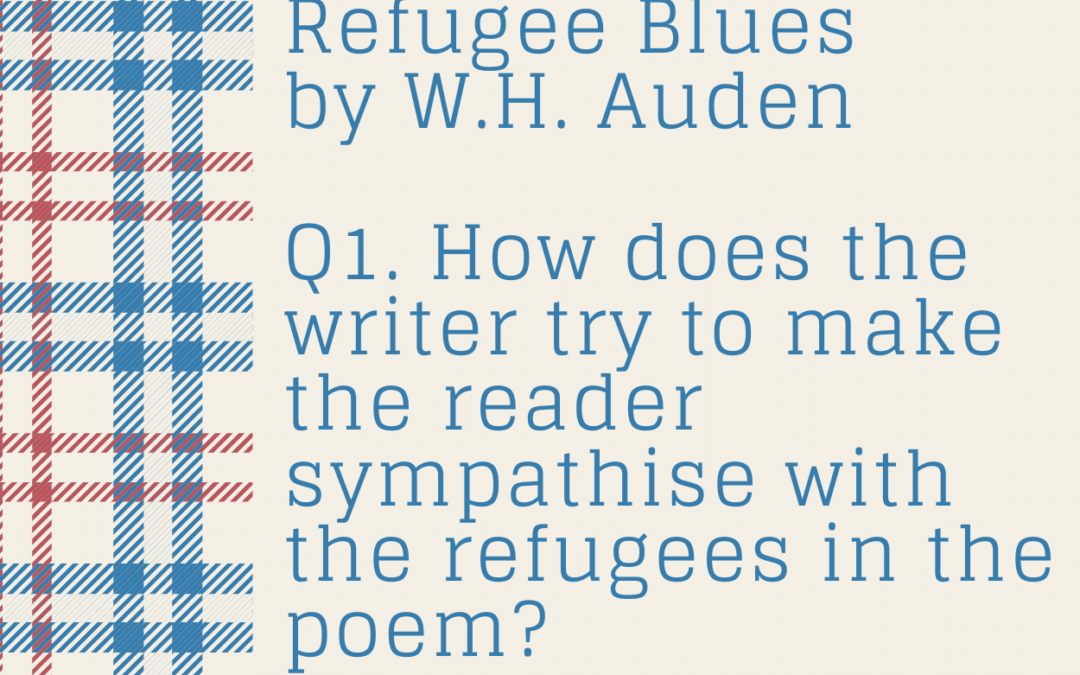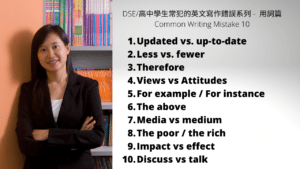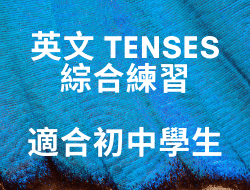Edexcel English IGCSE: Refugee Blues Model Essays
Q1. How does the writer try to make the reader sympathise with the refugees in the poem?
In your answer, you should consider:
- the challenges the refugees face;
- the reactions of the narrator to their situation;
- the contrasts in the poem;
- the use of language.
You should refer closely to the poem to support your answer. You may use brief quotations.
Edexcel English IGCSE Model Essay by an Expert
By presenting the challenges faced by the refugees, Auden creates sympathy for these fictional characters, and for the many refugees that they represent. The narrator’s lack of anger and use of contrasts further provoke pathos in the reader.
The refugees experience many sympathy-inducing challenges. They had to leave their home country because they are German Jews. They cannot return to Germany, but there is nowhere for them to stay in the country where they have sought refuge. This lack of belonging is expressed through pitiful phrases such as “there’s no place for us” and “we cannot go there now”. The bureaucratic system undermines the refugees’ humanity: they are “officially dead” as they don’t have passports. This is poignant and ironic: they have come to this country to avoid death, but are told that their lives are worth nothing if they do not have the correct paperwork.
The narrator reacts to these dreadful challenges with patient, bemused hopelessness. The final line of each stanza contains repetition and the phrase “my dear”. This is evocative of American ‘blues’ music: a genre associated with the expression of suffering. This recurring repetition creates a sense of disbelief. For example, a tone of confused horror is created in the final stanza, in which the narrator describes a dream in which “ten thousand solders” were “looking for you and me”. The huge number of soldiers is contrasted with “you and me”, making the refugees sound vulnerable and heavily outnumbered. It highlights the senselessness of this victimisation, since these people are clearly innocent, and do not deserve to be treated in such a way.
Contrasts between animals and humans also create sympathy for the refugees. For example, the narrator notices “a poodle in a jacket” and “a door opened and a cat let in”, showing that the refugees, who have nowhere to go, are of a lower status than animals in this place. The narrator also uses an extended contrast between nature and humanity throughout the poem. An “old yew” “blossoms anew” each year, whilst their “old passports can’t do that”. Here, the repetition of “old” highlights the contrast between the natural tree and the unnatural paperwork. The narrator also draws a contrast between birds who “sing at their ease” and the “human race”, who are doomed to sing sad songs such as this one. These contrasts highlight the unnatural and cruel nature of their situation, leading the reader to reflect on the terrible plight of the refugees.
By portraying the refugees as gentle and innocent, and highlighting the unnatural injustice of their situation, Auden creates a strong sense of pathos for these characters, and also for the many refugees of the Second World War represented by the voice in this poem.




